Over the past few months, I’ve facilitated and/or enabled business opportunities in three of the most challenging geographies: Mexico, Iraq, and Ukraine. Each presents unique risks, yet the potential for revenue growth and deeper market penetration is undeniable.
Despite the threat of tariffs and the designation of Mexican cartels as foreign terrorist organizations, leveraging manufacturing along the US/Mexico border is vital for any near-shoring strategy as multinationals seek to decouple from China. Ukraine, even after three years of conflict, remains open for business in manufacturing and software development. Iraq, after two decades of unrest, offers growth opportunities beyond oil and gas.
Risk mitigation hinges on understanding the intersection of exposure, vulnerability, and impact. These geographies are among the highest-risk areas globally, often flagged for travel avoidance. Yet, for multinationals aiming to reduce costs, leverage labor arbitrage, and streamline supply chains, the question remains: How can they safely and effectively operate in these regions?
I once worked with a multinational in Monterrey, Mexico, plagued by cargo thefts, extortion, and kidnappings. The CEO threatened to relocate the factory, which would have harmed the local economy and displaced thousands of workers. However, the company stayed as illicit activity subsided. What changed? A deeper investment in understanding their risks.
Many multinationals rely on external counsel, industry associations, and government partnerships. While helpful, these insights often lack the specificity needed to balance risk with opportunity. True risk mitigation requires understanding local atmospherics and staying attuned to the sentiment within the community.
An old salty Senior Chief once told me, “The best way to survive an ambush is not to walk into one.” What was he trying to tell me? Even with top-tier technology, people, and processes, failing to stay plugged into the environment can lead to disaster.
Effective risk mitigation isn’t just about having the best technology, processes, or personnel, but about truly understanding the environment. Proactive engagement in maturing one’s situational awareness is a necessity when balancing risk and opportunity.
As risk mitigation professionals, are we moving beyond checklists and templates to truly understand the environments we operate in? Are we investing in real-time, on-the-ground intelligence rather than relying too heavily on data without local context? And most importantly, are we transforming that knowledge into actionable insights that drive business success?



